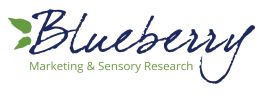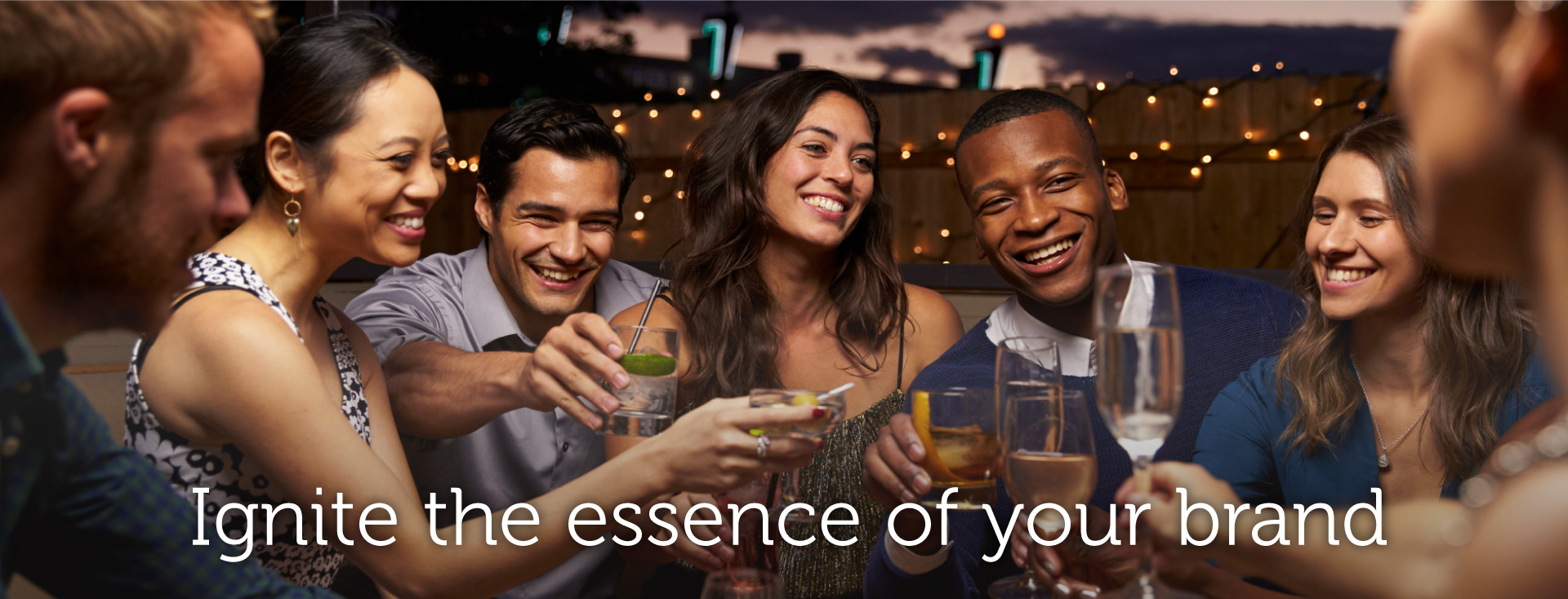Infused beer, spiked seltzer, Instagram-worthy drinks. . .alcohol beverage consumers have more product choices than ever.
With twenty years’ experience, Blueberry understands the complexities of conducting alcohol beverage market research. From low-carb and low-cal requirements to occasion and location influences, we’ve conducted research for virtually every alcohol beverage category and throughout every part of the product innovation pipeline.
Popular methods of studies include CLTs (Central-Location Testing), iHUTs (In Home Use Testing), Ethnographies, Shop-Alongs, Mobile Diaries, Online Discussion Boards, Focus Groups, LinkLabs, and the Blueberry Consumer Experience Landscape. Read more to find out more detail about the various times of methodologies and testing we have done for the alcohol beverage market.
Our work connects aspirational and social influences to deliver meaningful, actionable insights for the alcohol beverage industry.
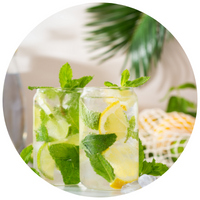
Spiked Seltzer
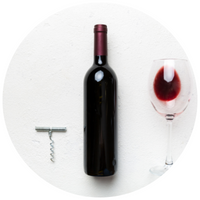
Wine
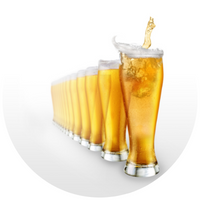
Beer
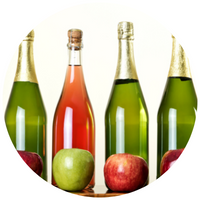
Cider
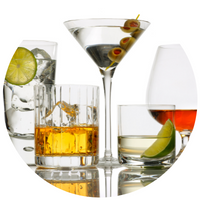
Liquor
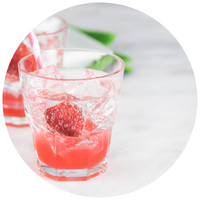
Cocktail Bitters
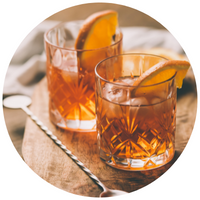
Liquer
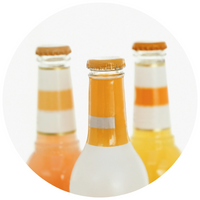
Alcopops (RTD)
Our Methods
Taste Test / Central Location Testing (CLT)
We don’t just determine which product is liked best—but why it is liked, and what changes can be made to make a product even better. A central-location taste test can be executed at one of our own state-of-the-art facilities, or at trusted partners’ testing facilities across the US and even internationally. This type of quantitative testing allows for a great amount product control and a replicated experience for each consumer respondent. Test a new prototype against your current product, benchmark against the competition, see how well your product delivers against its concept and more with taste tests at a central location.
Home Use Testing (HUT)
If your food or beverage product is highly interactive and you want to test in a “real-world” setting, home use testing may be the right choice of method. When using a product at home in a natural setting, respondents may prepare and use a product in a different, but more realistic way than they would in a tasting booth. Home use tests allow for extended use periods of products as well. If you’re wondering how long it takes a family of 4 to finish a bag of your product (or if the main respondent is willing to share with their family!), a home use test can help you find that answer. Optimization data may also be collected to guide product development through this quantitative method.
Ethnographies
Understanding the consumer is at the core of what we do. Ethnographies take you into the households of your consumers. The consumer respondent will guide you through different parts of their day (and their home) to explain their thought process when making various product decisions. Peek into the pantries, refrigerators, lunchboxes, and kitchen tables of real people that love your products – and of those who you want to convert to brand-loyal enthusiasts. Get to know and understand consumers’ choices and motivations on a personal level to recognize their pain points and make a plan for your brand and products to alleviate them.
Shop-Alongs
This qualitative method pairs a researcher and consumer together for a one-on-one shopping experience. Whether it is mission-based or free form, shop-alongs put you hand in hand with consumer respondents to get real reactions to products, packaging, placement, and price as they make their way through the stores and aisles most relevant to your brand and strategy.
Mobile Diaries
Dear Diary, Today I had the best plant-based burger of my life!
Mobile diaries can be used to track extended product use over time and how products impact consumers’ lives. Provide consumers with prompts or assignments and let them open about your and your competitors’ products. This qualitative research method will illuminate thought processes behind consumer behavior and response to product use.
Online Discussion Boards
Think of online discussion boards as an asynchronous focus group. Consumer respondents log-in a prescribed number of times over a certain time period and to share and build off one another’s experiences with products, processes, or problems. Content is moderated by one of our expert and specially trained qualitative researchers to guide the conversation in a meaningful direction, producing fruitful discussions to get to the root of consumer understanding.
Focus Groups
It’s a classic qualitative research method, and for good reason. Focus groups bring together small groups of pre-screened consumers and a highly trained moderator to participate in a deep, facilitated dialog about products or ideas. Dig deep into consumers’ thought processes and paths to purchase in focus group sessions that provide color and understanding to what needs your consumers have and how your products fulfill expectations.
LinkLabs℠
Riff off different categories. Take the best of both worlds. Find your consumers’ aspirational products and concepts. Blueberry’s LinkLabs℠ provide granular product development guidance through exposure to out-of-category stimuli and sensory flights. Inspire your team and your consumers to think beyond your category into new and unique views of what benefits your products can provide. Define gold standards and guardrails for product attributes with real-world reference points. LinkLabs℠ can illuminate beyond the norm for exciting propositions of product experiences.
Consumer Experience Landscape®
Blueberry’s Consumer Experience Landscape® provides a foundational approach to product development research. We explore the category landscape to understand current behaviors and unmet needs, define the innovation strategy of available opportunities, and finally design and product and sensory experience to deliver on the defined consumer priorities. See additional information here.
Our Methods
Central Location Tests (CLTs)
Taste Tests
Home Use Tests (iHUTs)
Sensory Tests
Ethnographies
Shop-alongs
Mobile Diaries
Online Discussion Boards
Agile Methodology
Our Work
Product Adoption
Product Quality
Product Function
Claims Work
Packaging
